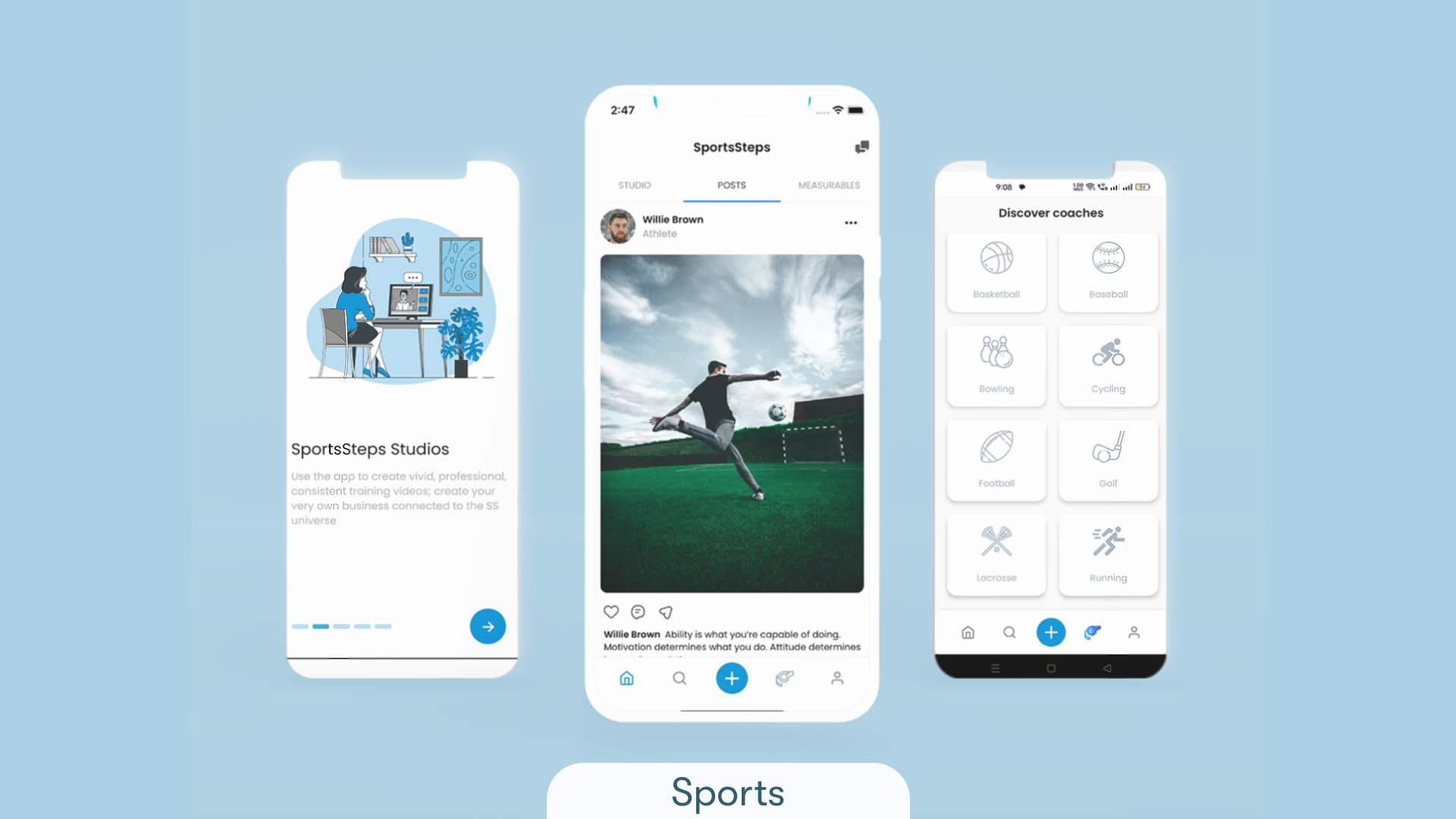February 20th, 2025 at 12:00 am
As mobile apps continue to demand faster response times, lower latency, and real-time interactions, developers are turning to edge computing to optimize performance. By processing data closer to the user rather than relying solely on centralized cloud servers, edge computing significantly reduces delays, enhances security, and improves overall app efficiency.
With the rise of 5G, IoT, and AI-powered applications, edge computing is becoming an essential technology for real-time data processing and mobile app performance optimization.
In this article, we explore:
- The fundamentals of edge computing and its advantages
- How edge computing enhances user experience in mobile apps
- Real-world applications of edge computing in various industries
- Challenges and future trends shaping edge-driven app development
If you’re a developer, mobile app strategist, or tech entrepreneur, this guide will help you understand how edge computing can revolutionize mobile app performance.
Understanding Edge Computing and Its Advantages
Edge computing is a distributed computing model that processes data closer to the source—on local devices, edge servers, or gateways—rather than relying entirely on distant cloud data centers.
Key Advantages of Edge Computing:
- Reduced Latency: Processes data in milliseconds, improving real-time interactions.
- Bandwidth Efficiency: Reduces the need for constant cloud communication, saving network resources.
- Enhanced Security: Keeps sensitive user data closer to the device, reducing exposure to cyber threats.
- Improved App Reliability: Ensures app functionality even with low or unstable internet connections.
By shifting processing power to edge nodes, smartphones, and IoT devices, mobile apps become faster, more responsive, and less dependent on cloud infrastructure.
How Edge Computing Enhances User Experience in Mobile Apps
1. Real-Time Data Processing Without Cloud Dependency
Traditional cloud computing relies on distant data centers, leading to delays when processing time-sensitive information. Edge computing reduces reliance on centralized servers, enabling real-time analytics and decision-making directly on the device or nearby edge servers.
- Enhances AR/VR applications by processing 3D rendering and object tracking locally.
- Reduces delays in gaming apps, ensuring seamless gameplay experiences.
- Improves IoT-based applications by allowing instant device-to-device communication.
Real-World Example:
- Google Stadia & Xbox Cloud Gaming use edge computing to minimize lag in cloud-based gaming, delivering real-time graphics processing.
Pro Tip: Developers can use edge AI models to analyze user data locally, reducing network strain and improving privacy.
2. Lower Latency for Faster App Performance
Latency is a critical factor in mobile user experience—users expect instant interactions. Edge computing reduces the time required for data transmission, leading to:
- Smoother video streaming with no buffering.
- Instant response times in financial and trading apps.
- Seamless voice assistant and chatbot interactions.
Real-World Example:
- TikTok and Instagram Reels leverage edge computing to process video effects and filters in real-time, ensuring a seamless user experience.
Pro Tip: Mobile app developers can integrate 5G-powered edge computing to enhance data-intensive applications like AI-driven analytics and remote healthcare solutions.
3. Improved Security with Localized Data Storage
With increasing privacy concerns and data regulations (GDPR, CCPA), edge computing enhances security by storing and processing sensitive information locally instead of transmitting it to centralized cloud servers.
- Prevents data breaches by keeping personal information on the device.
- Enhances biometric authentication for banking and healthcare apps.
- Reduces exposure to cyber threats by minimizing cloud dependencies.
Real-World Example:
- Apple’s Face ID and Google’s Android Biometric Authentication use on-device AI processing rather than cloud-based analysis, ensuring high security and privacy.
Pro Tip: Combine edge computing with blockchain for tamper-proof decentralized security in finance and identity management apps.
Real-World Applications of Edge Computing in Mobile Apps
- Augmented Reality (AR) and Virtual Reality (VR) Apps
- Real-time object detection and tracking for AR shopping apps.
- Instant rendering in VR gaming and immersive experiences.
- AI-Powered Virtual Assistants
- On-device speech processing for faster voice recognition in apps like Siri and Google Assistant.
- Instant chatbot responses in customer service applications.
- IoT and Smart Home Apps
- Smart security cameras analyze footage in real-time before sending alerts.
- Home automation apps process user commands instantly without cloud dependency.
- Healthcare and Remote Patient Monitoring
- Edge AI-powered wearables detect anomalies in heart rate and send alerts without internet reliance.
- Telemedicine apps provide real-time diagnostic assistance without network delays.
- Autonomous Vehicles and Smart Transportation
- Self-driving cars use edge computing to process sensor data instantly for safe navigation.
- Smart traffic management systems optimize routes in real-time.
By integrating edge computing, mobile apps can deliver next-level speed, responsiveness, and security across diverse industries.
Challenges and Future Trends in Edge Computing
Challenges of Edge Computing in Mobile App Development
- Infrastructure Costs: Deploying edge servers and hardware can be expensive for businesses.
- Device Compatibility: Not all mobile devices support advanced edge processing capabilities.
- Data Synchronization Issues: Edge computing reduces cloud dependency, but syncing distributed edge data can be complex.
- Security Risks: While localized data storage improves security, edge devices can still be vulnerable to physical tampering or malware attacks.
Solution: Developers can combine edge computing with AI-driven threat detection to mitigate risks and ensure seamless data synchronization.
Future Trends in Edge Computing for Mobile Apps
- 5G-Driven Edge Computing – With 5G connectivity, edge computing will enable near-zero latency for gaming, video streaming, and real-time AI interactions.
- AI at the Edge – More apps will integrate AI-powered edge processing, enabling faster image recognition, facial authentication, and NLP.
- Decentralized Edge Cloud Networks – Businesses will use distributed edge networks to ensure low-latency computing without reliance on centralized cloud providers.
- Edge Computing for Metaverse Apps – AR/VR-based Metaverse applications will leverage edge processing to render immersive experiences instantly.
- Edge Blockchain for Secure Transactions – Mobile financial apps will use edge-based blockchain verification for ultra-secure, real-time transactions.
With continued advancements in edge computing, mobile apps will evolve to deliver seamless, hyper-responsive experiences.
Conclusion
Edge computing is revolutionizing mobile app development, offering unmatched speed, reduced latency, enhanced security, and real-time processing.
- Processes data closer to the user, reducing cloud dependency and delays.
- Enhances AI-driven mobile applications for personalized, real-time interactions.
- Boosts security by storing sensitive data locally rather than transmitting it to the cloud.
- Optimizes app performance for gaming, healthcare, IoT, and Metaverse applications.
Are You Ready to Integrate Edge Computing into Your Mobile App?
At Nordstone, we specialize in building cutting-edge, edge-enabled mobile applications that deliver blazing-fast responsiveness and next-level security.













